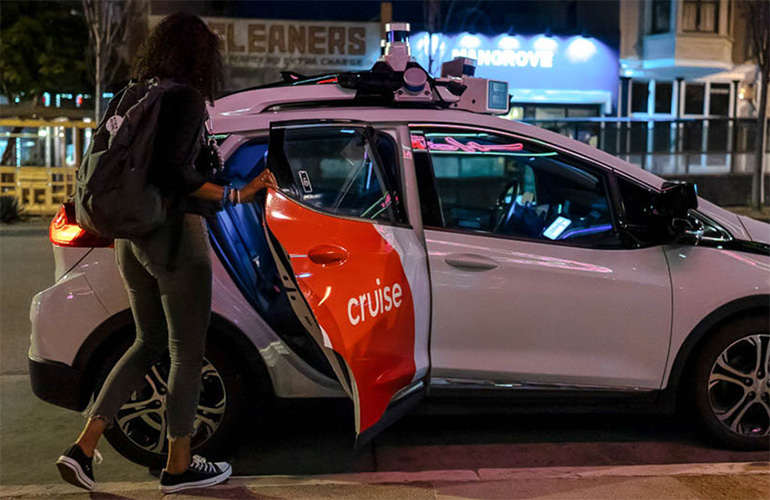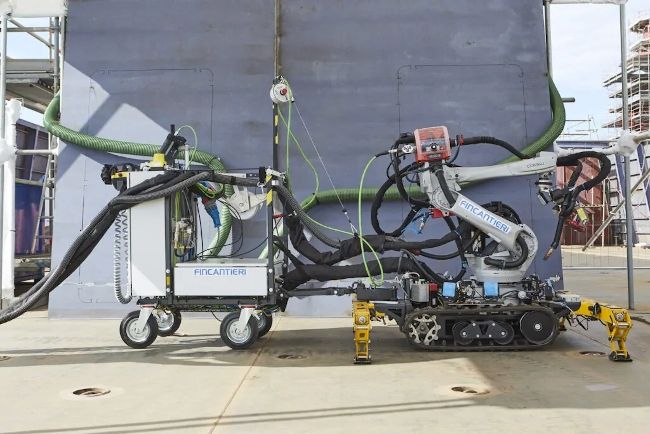In a major setback, California's DMV has abruptly suspended Cruise's autonomous vehicle testing and deployment permits due to escalating safety issues. Regulators accuse the company, a division of GM, of misrepresenting a recent accident involving a Cruise robotaxi.
The DMV said Cruise failed to disclose full footage of an October 2nd incident where a Cruise AV struck a pedestrian in San Francisco. The victim had first been hit by a human driver in a hit-and-run before colliding with the robotaxi.
According to the DMV, Cruise's vehicle dragged the woman approximately 20 feet while attempting to pull over, which was omitted from video shown to regulators. The DMV stated it only learned these facts through discussions with other agencies.
“Shortly after the incident, our team proactively shared information with the California DMV, CPUC, and NHTSA, including the full video. We have stayed in close contact with regulators to answer their questions and assisted the police with identifying the vehicle of the hit-and-run driver. Our teams are currently doing an analysis to identify potential enhancements to the AV’s response to this kind of extremely rare event.â€
It posted an in-depth blog rebutting the DMV's claims and detailing its view of events.
Nonetheless, the DMV concluded Cruise has been misrepresenting its vehicles' safety and their ability to properly handle incidents with pedestrians. This resulted in an immediate ban on driverless testing or commercial services statewide.
The suspension deals a major blow just months after Cruise received final approval to launch a commercial robotaxi service in San Francisco. However, it had quickly become embroiled in accidents including crashes with emergency vehicles.
Cruise expressed disappointment at the news, arguing its priority is safety. It must now meet a series of conditions before California will reconsider reinstating its autonomous permits.
GM recently projected Cruise's robotaxi business could generate $50 billion annually by 2030. But the unit lost GM $732 million last quarter, underscoring the challenges still facing autonomous vehicles.
This latest incident highlights lingering technological limitations around predicting complex real-world interactions between AVs, humans, and unpredictable events. It serves as a reminder that substantial safety improvements are still required as regulators take an increasingly hard line.
California said it will not hesitate to act against unreasonable risks to public safety, dealing a stern warning to AV developers that rigorous oversight remains essential to any wider deployment. For Cruise, the path back to testing and services now looks steep.


















